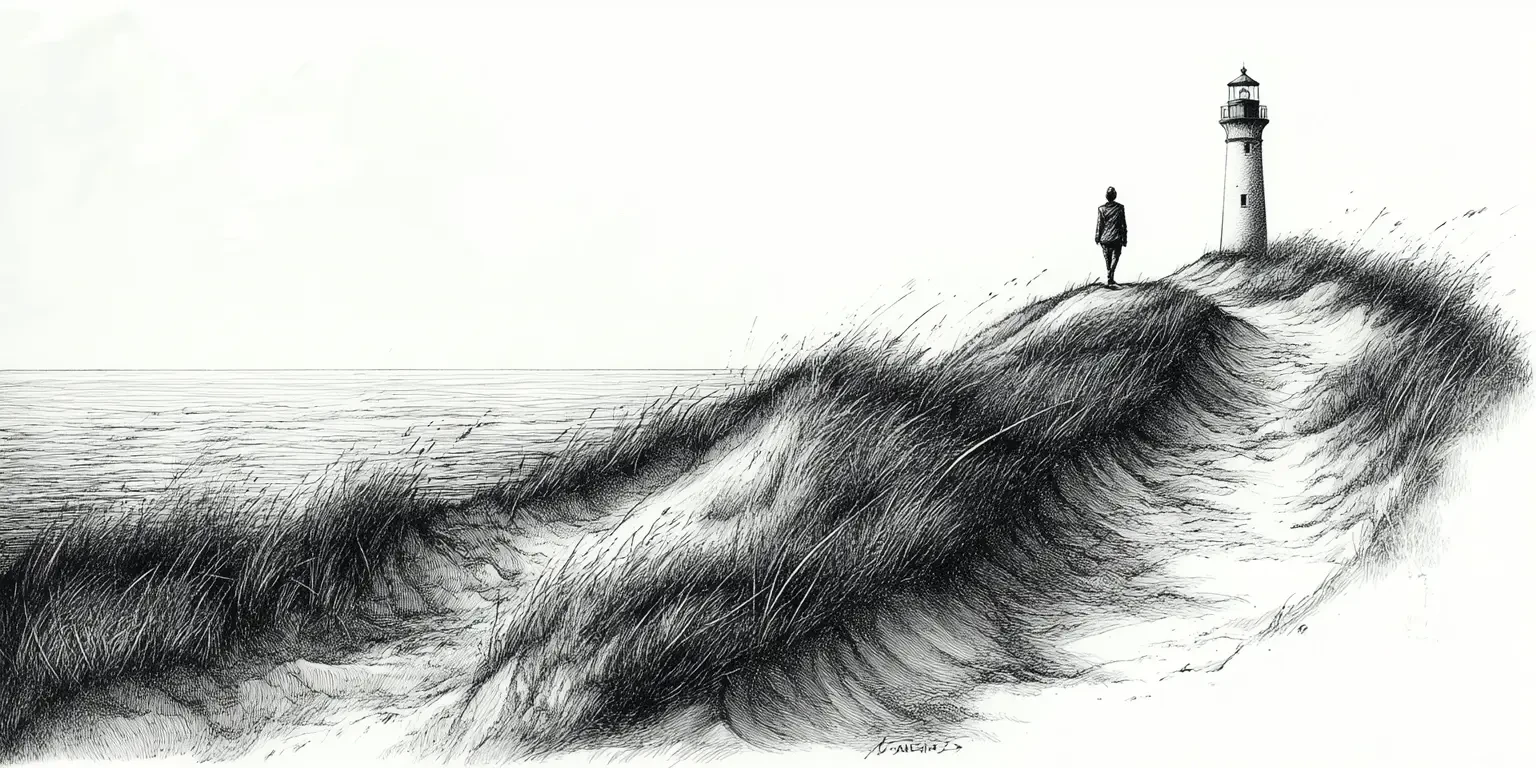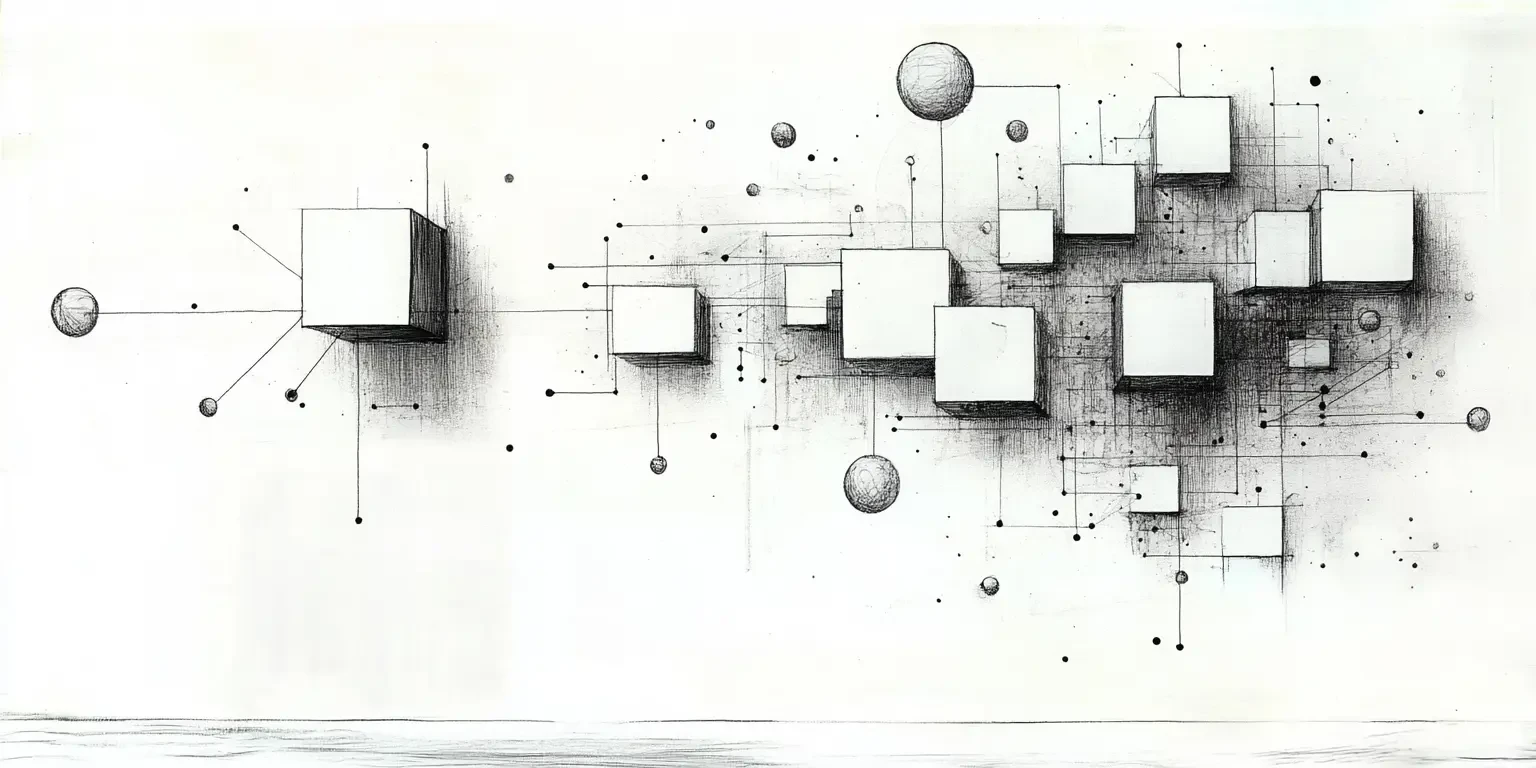Theoretical Wayfinding Frameworks
Wayfinding is a fundamental human activity, whether navigating a familiar route to work or exploring a new city. Though it seems simple, it is a complex cognitive and behavioral process studied across many academic disciplines. To better understand how we find our way, researchers have developed various theoretical frameworks.
Written by Team on .
Summary
Wayfinding is the process of determining and navigating a route to a destination and recognizing it upon arrival. It is fundamentally a problem-solving process. Some sources use "wayfinding" and "navigation" interchangeably, but navigation typically includes two components: wayfinding (the cognitive process) and locomotion (the physical movement).
Wayfinding goes beyond practical travel; it also includes exploratory navigation. It results from information processing, decision-making, and decision execution—essentially the relationship between "seeing" and "going."

1. Wayfinding Theory
1.1 Montello's Distinction: Wayfinding vs. Locomotion
Dennis Montello distinguishes between wayfinding and locomotion:
Wayfinding: The decision-making and planning involved in determining a route to a destination.
Locomotion: The physical act of moving along a route.
This distinction shows that wayfinding can occur without physical movement (e.g., planning a trip you never take), and locomotion can happen without purposeful wayfinding (e.g., pacing without a goal). It helps separate mental planning from physical movement.
1.2 Passini's Model: Wayfinding as Spatial Problem-Solving
Romedi Passini describes wayfinding as a three-stage problem-solving process:
Information Processing: Gathering environmental information through perception and forming mental representations (cognitive mapping).
Decision-Making: Choosing a path based on perceived information, spatial knowledge, environmental cues, and personal criteria.
Decision Execution: Physically moving along the chosen route, aligning with Montello’s concept of locomotion.
Passini emphasizes the wayfinder’s active role: interpreting imperfect observations, making choices, acting, gaining new information, and adjusting until reaching the goal.
1.3 Connecting the Frameworks
Montello’s and Passini’s models align well: wayfinding (planning) encompasses information processing and decision-making, while locomotion (moving) corresponds to decision execution. Both stress that successful navigation relies on both cognitive processes and physical action.
This dynamic process resembles models like Kuipers’ TOUR model, where perception leads to action, which leads to further perception, helping people integrate environment, cognition, and action.
1.4 Spatial Knowledge: The Foundation of Wayfinding
Effective wayfinding relies on different types of spatial knowledge:
Landmark Knowledge: Recognizing specific features as reference points.
Route Knowledge: Knowing sequences of locations or turns.
Survey Knowledge: Understanding the spatial relationships between locations, forming a "map-like" mental model.
Different navigation methods foster different types of knowledge. Turn-by-turn systems primarily build route knowledge. In contrast, methods like "Wayfinding Through Orientation" aim to develop survey knowledge and stronger spatial understanding. Survey knowledge is crucial for interpreting environments, making inferences, and navigating flexibly.
Survey Knowledge (Configurational Knowledge): Knowledge about the spatial relationships between different locations, providing an overview or "map-like" understanding of the environment.
Different wayfinding tasks utilize these knowledge types differently. For instance, turn-by-turn navigation primarily supports route knowledge acquisition. In contrast, approaches like "Wayfinding Through Orientation" aim to support the acquisition of survey knowledge and cognitive mapping by providing information about the surrounding environment and spatial relations to landmarks.
According to Passini's model, acquiring and utilizing these types of knowledge happens during the information processing stage and informs the decision-making. The way wayfinders perceive and integrate information leads to the construction of mental maps and understanding of the environment. Survey knowledge is suggested to be essential for interpreting an environment and making spatial inferences like taking shortcuts.
2. Factors Influencing Wayfinding Performance
2.1 Explore stages components and influencing factors.
Wayfinding performance is shaped by both user factors (e.g., spatial abilities, memory, experience) and environmental factors (e.g., layout complexity, visibility, landmarks, signage).
| Wayfinding Stage (Passini) | Montello’s Component | Influencing Factors (Examples from Sources) |
|---|---|---|
| Information Processing | Wayfinding | User: Spatial abilities, sensory experience, working memory, familiarity. Environment: Differentiation, visual access, layout complexity, signs, landmarks (saliency, type). |
| Decision-Making | Wayfinding | User: Spatial knowledge (landmark, route, survey), cognitive abilities, spatial reasoning, heuristics, criteria (time, distance, effort, stress, etc.), anxiety/neophobia. Environment: Plan configuration, landmarks at decision points |
| Decision Execution | Locomotion | User: Behavioral performance measures (time, distance, speed), navigation pattern preferences. Environment: Environmental affordances (what the environment enables), urban configuration, navigation aids (maps, GPS, signage). |
Individuals’ sensory interpretations and cognitive strategies critically impact how they perceive and understand space. Both human abilities and environmental design shape wayfinding success.
2.2 Implications for Wayfinding Support
Understanding these frameworks is essential for designing effective wayfinding support systems and environments. Traditional turn-by-turn navigation mainly supports locomotion by providing step-by-step instructions but does little to enhance spatial understanding or survey knowledge.
Turn-by-turn systems often bypass deeper cognitive processing, leading to minimal spatial learning. Critics describe them as offering an "unnatural and restrictive" way of navigating.
Newer approaches, like Wayfinding Through Orientation, aim to address these limitations by integrating local and global landmarks into instructions. Instead of only providing turns, these systems help users build mental maps and improve spatial orientation.
Designing such systems requires a deeper understanding of how people naturally gather and use spatial information, moving beyond isolated landmarks to richer, context-aware guidance.

3. Conclusion
Wayfinding is more than following directions—it is a dynamic process of perceiving, thinking, deciding, and moving. Montello's distinction separates mental planning (wayfinding) from physical movement (locomotion), while Passini’s model details the stages of information processing, decision-making, and execution.
Together, these frameworks, along with an understanding of spatial knowledge and influencing factors, provide a strong foundation for improving wayfinding support systems and designing environments that align with natural human navigation strategies.
3.1 Frequently asked questions (FAQ)
-
What is considered problematic about traditional turn-by-turn navigation systems?
Turn-by-turn navigation limits users' spatial understanding by focusing on step-by-step instructions rather than the overall layout. This results in poor survey knowledge and creates an unnatural, restrictive way of navigating.
-
What is "Wayfinding Through Orientation" and how does it improve navigation?
"Wayfinding Through Orientation" supports users in building spatial knowledge by combining orientation guidance with route directions. Unlike turn-by-turn navigation, it helps users develop survey knowledge, allowing them to better understand and integrate spatial information.
-
How does "Wayfinding Through Orientation" help build survey knowledge?
It enhances survey knowledge by including local and global landmarks in navigation instructions, helping users orient themselves within the broader environment. Studies show this approach leads to fewer errors and stronger spatial understanding compared to traditional turn-by-turn guidance.
3.2 Useful links for reading and notemaking
Wayfinding Through Orientation by Schwering, Krukar, Li, Anacta & Fuest (2017). https://doi.org/10.1080/13875868.2017.1322597
A Conceptual Model of Exploration Wayfinding: An Integrated Theoretical Framework and Computational Methodology by Matthew Lee Tenney (2013). Available at: https://scholarworks.uark.edu/etd/724
A Formal Model of the Process of Wayfinding in Built Environments by Raubal and Worboys (1999).
Wayfinding in interior environments: an integrative review by Jamshidi, Ensafi and Pati (2020). https://doi.org/10.3390/fpsyg.2020.549628